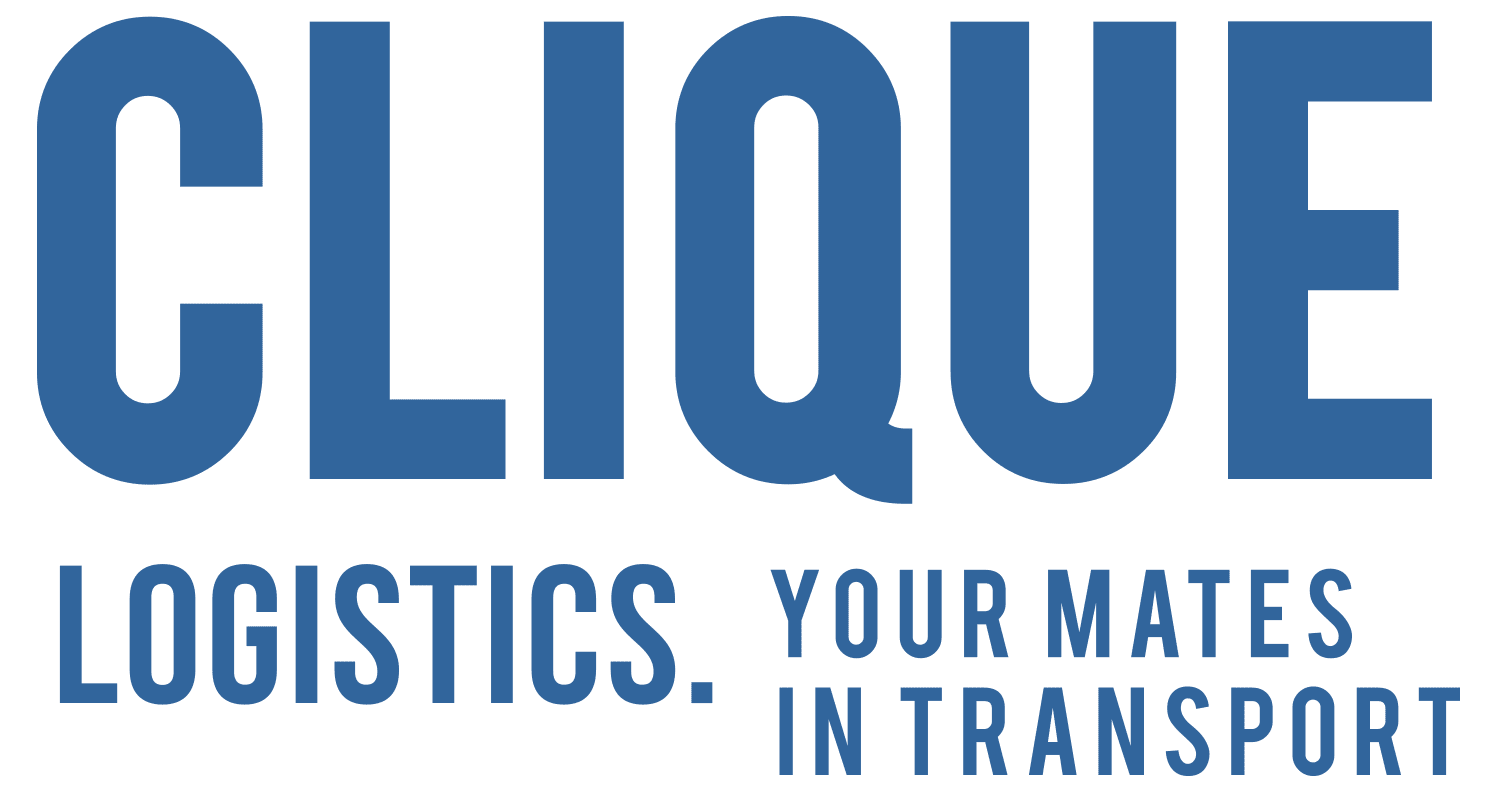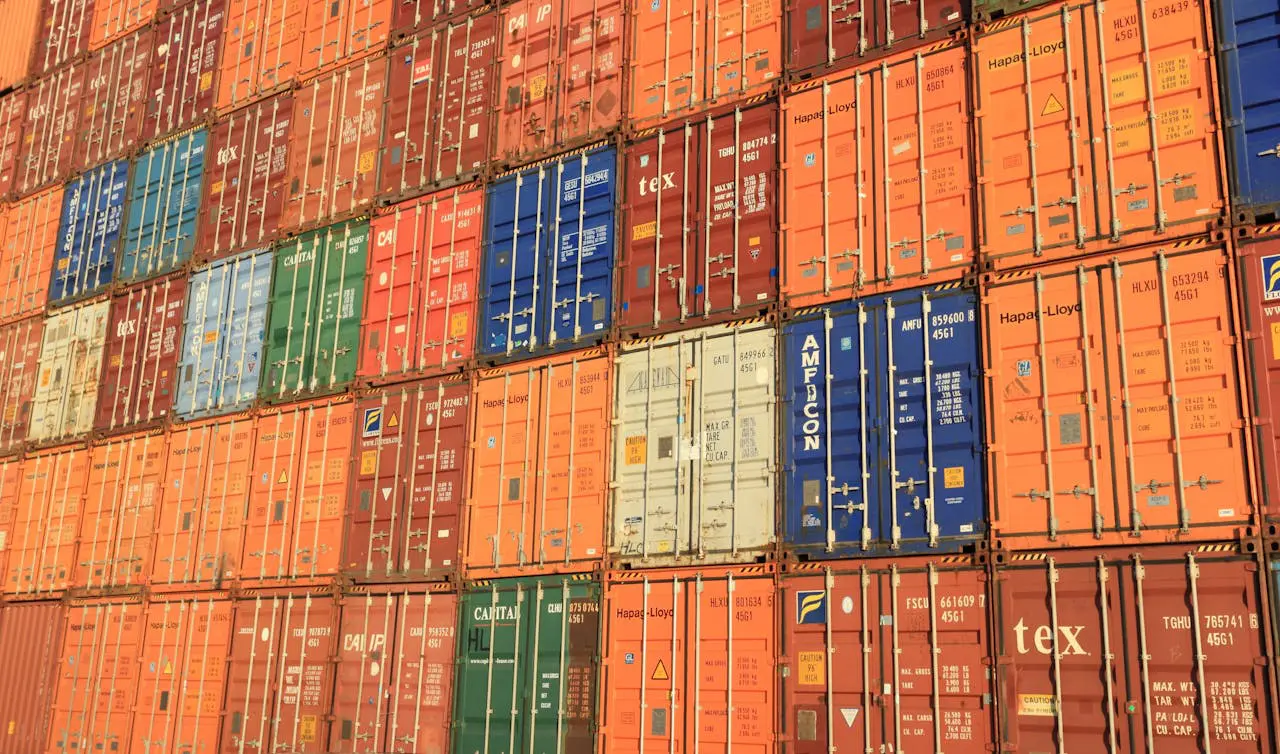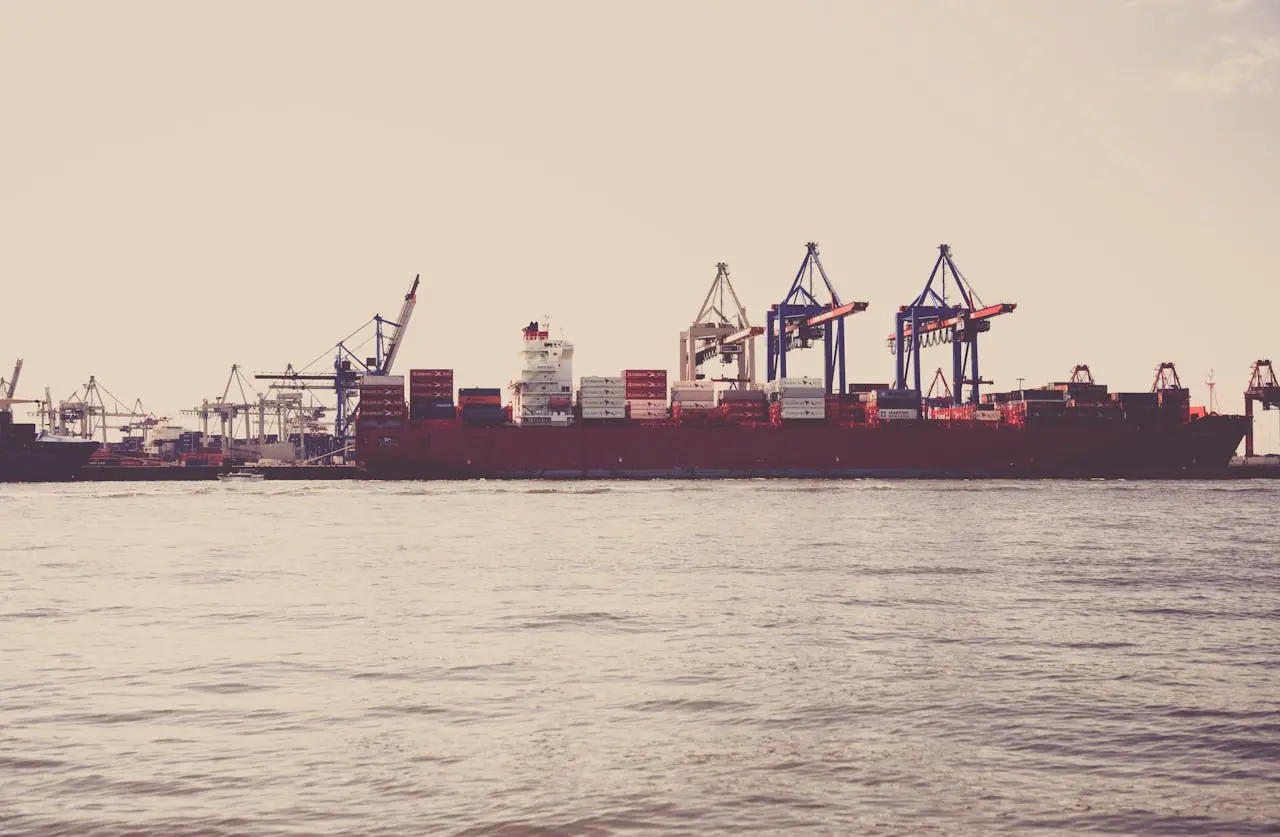January is an opportune time for individuals and businesses in Australia to review their transport requirements due to several key factors that align with the start of the new year. This period marks the beginning of various regulatory changes and provides a strategic moment for planning and adjustments in transport logistics.
Regulatory Changes and Compliance
New Australian Design Rules (ADRs): January is significant for transport operators as it often coincides with the implementation of new regulations. For instance, the Australian government has been actively updating ADRs, which govern vehicle standards, including safety and emissions requirements. As of November 2024, new models of buses must comply with Euro 6 emission standards, and by November 2025, all vehicles will need to meet these standards1. Reviewing transport requirements in January allows businesses to prepare for these changes, ensuring compliance and avoiding potential penalties.
Vehicle Standards Review: The current review of the ADRs, which is open for submissions until January 24, 2025, presents another opportunity for stakeholders to influence future regulations. This review aims to identify barriers to electric vehicle adoption and enhance safety standards. Engaging in this process can help transport operators align their fleets with upcoming standards and improve operational efficiency.
Planning for the Year Ahead
Seasonal Considerations: Following the holiday season, January is typically a quieter month for transport services. This lull provides an excellent opportunity for businesses to assess their transport needs without the pressure of peak demand periods. Evaluating logistics during this time can lead to cost savings and better resource allocation.
Budgeting and Financial Planning: As companies finalise their budgets for the year, reviewing transport requirements can help identify areas for cost reduction or investment. For example, transitioning to more fuel-efficient vehicles or exploring alternative transport modes can significantly impact operational costs in the long run.
Strategic Adjustments
Adapting to Market Changes: The beginning of the year often brings changes in market dynamics. For instance, fluctuations in fuel prices or shifts in consumer demand can affect transport strategies. By reviewing requirements in January, businesses can adjust their operations proactively rather than reactively.
Enhancing Accessibility and Inclusivity: There is a growing emphasis on improving accessibility within public transport systems in Australia. Reviewing transport requirements can help organisations ensure they are meeting legal obligations regarding accessibility standards, particularly as reforms are being discussed that focus on enhancing mobility for all community members.
Conclusion
In summary, January serves as a critical period for reviewing transport requirements in Australia. The combination of new regulations, seasonal trends, financial planning opportunities, and market adaptability makes this month ideal for strategic assessments. By taking proactive steps now, businesses can position themselves for success throughout the year while ensuring compliance with evolving standards.





